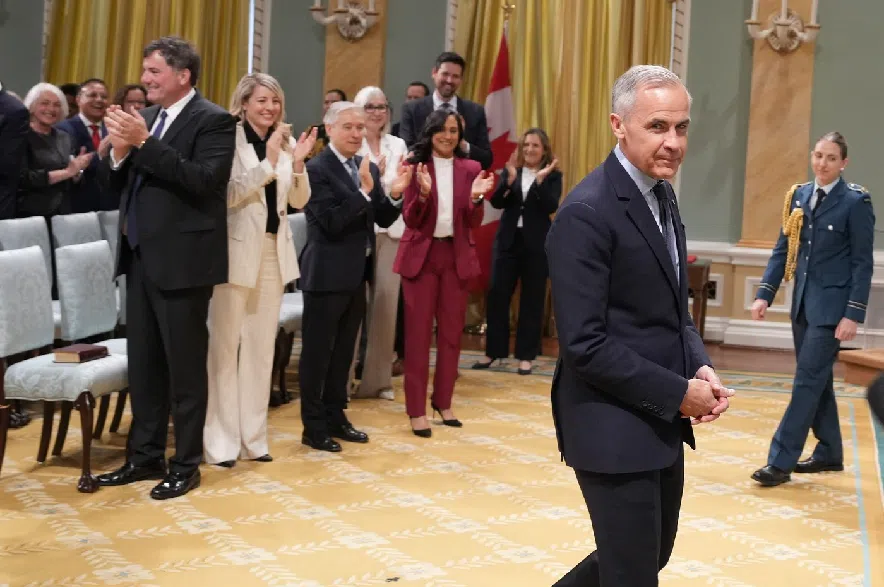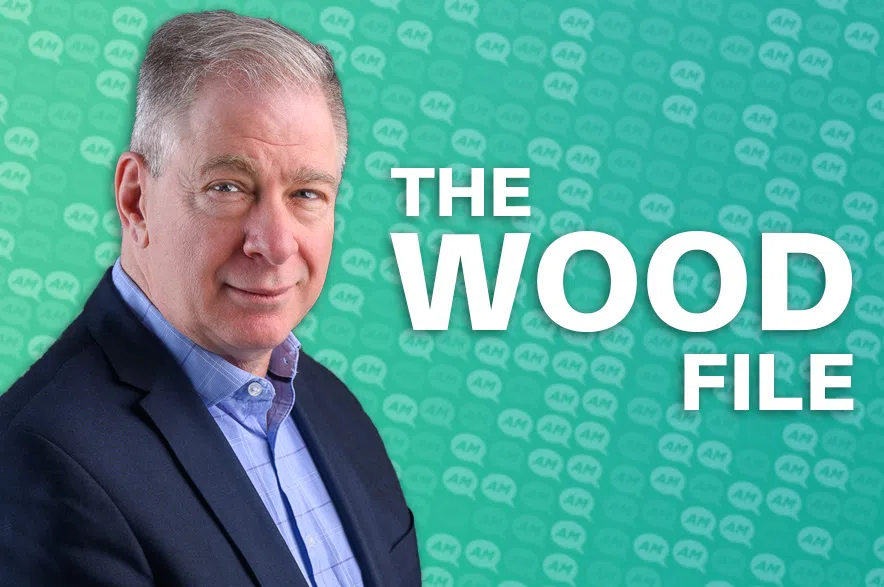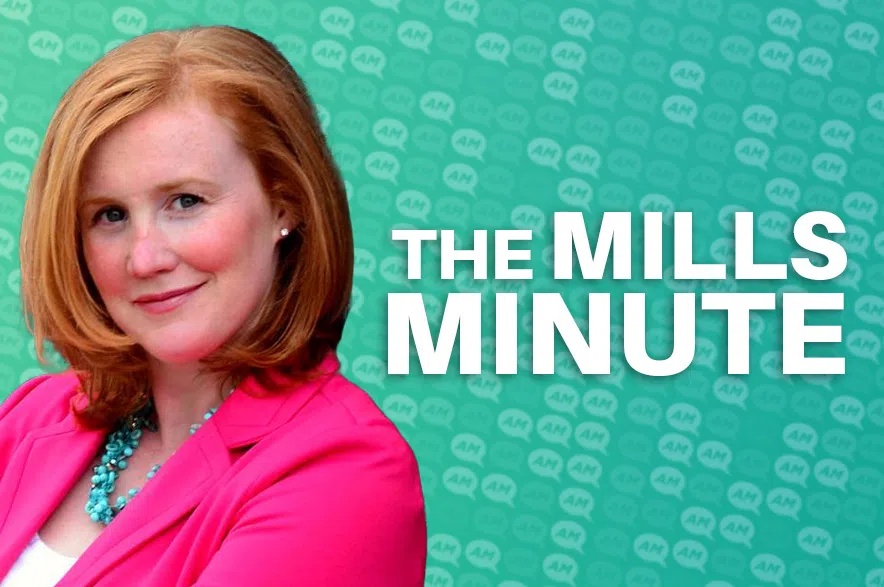Canada’s business community will be monitoring files across various portfolios after Tuesday’s swearing-in of Prime Minister Mark Carney’s new cabinet.
Corporate leaders and business associations say their priorities include holding Carney accountable when it comes to his promise of launching nation-building projects, along with hitting the reset button on the energy and environment files.
Read More:
- Former journalist Evan Solomon named first-ever federal AI minister
- Despite a polarizing election, poll suggests Canadians don’t want a two-party system
- Gun control group urges PM Carney to ensure ‘timely delivery’ on firearm commitments
Here are some of the ministers to watch along with some of the key items on their to-do lists.
François-Philippe Champagne
Champagne maintains his position as minister of finance after taking over the file just ahead of the federal election. He’ll be charged with executing a campaign platform that included roughly $129 billion in new measures that would add to the deficit over the next four years, including a one percentage-point tax cut to the lowest income bracket.
Carney pledged to separate the budget into operating and capital streams, and balance the operating side by 2028-2029, while running a $48 billion deficit on the capital side for that fiscal year. The platform also promised scaling back government spending growth from nine to two per cent, while adding new program spending in response to the trade war with the U.S.
Chrystia Freeland, Dominic LeBlanc and Maninder Sidhu
As a sign of how important the trade file has become, three ministers will be in the mix as Canada charts a new path for its trade relationship with the U.S. — along with reducing barriers at home.
Dominic LeBlanc is the point person as the minister responsible for Canada-U.S. trade, intergovernmental affairs and “One Canadian Economy,” while former deputy prime minister Freeland is the new minister of transport and internal trade. Maninder Sidhu is the minister of international trade.
Their work is cut out for them after last week’s meeting between Carney and President Donald Trump in the Oval Office, where the U.S. president indicated nothing Carney could say to him would convince him to immediately drop tariffs on Canada. The pair also spoke about renegotiation the Canada-United States-Mexico Agreement, with Carney noting “some things about it are going to have to change.”
In the face of tariffs, Carney has said tearing down internal trade barriers across provinces — a task he wants achieve by Canada Day — could increase the size of Canada’s economy by $250 billion.
Gregor Robertson
Robertson, a former Vancouver mayor, takes on the role of minister of housing and infrastructure, putting him in the spotlight as the federal government responds to Canada’s housing crisis. During the election campaign, the Liberals promised to double the rate of residential construction over the next decade to reach 500,000 homes per year.
A highlight of the plan is its emphasis on scaling up prefabricated housing construction. It said a new entity called Build Canada Homes would provide $25 billion in debt financing and $1 billion in equity financing to prefabricated home builders to reduce construction times by up to 50 per cent.
This report by The Canadian Press was first published May 13, 2025.
Sammy Hudes, The Canadian Press











